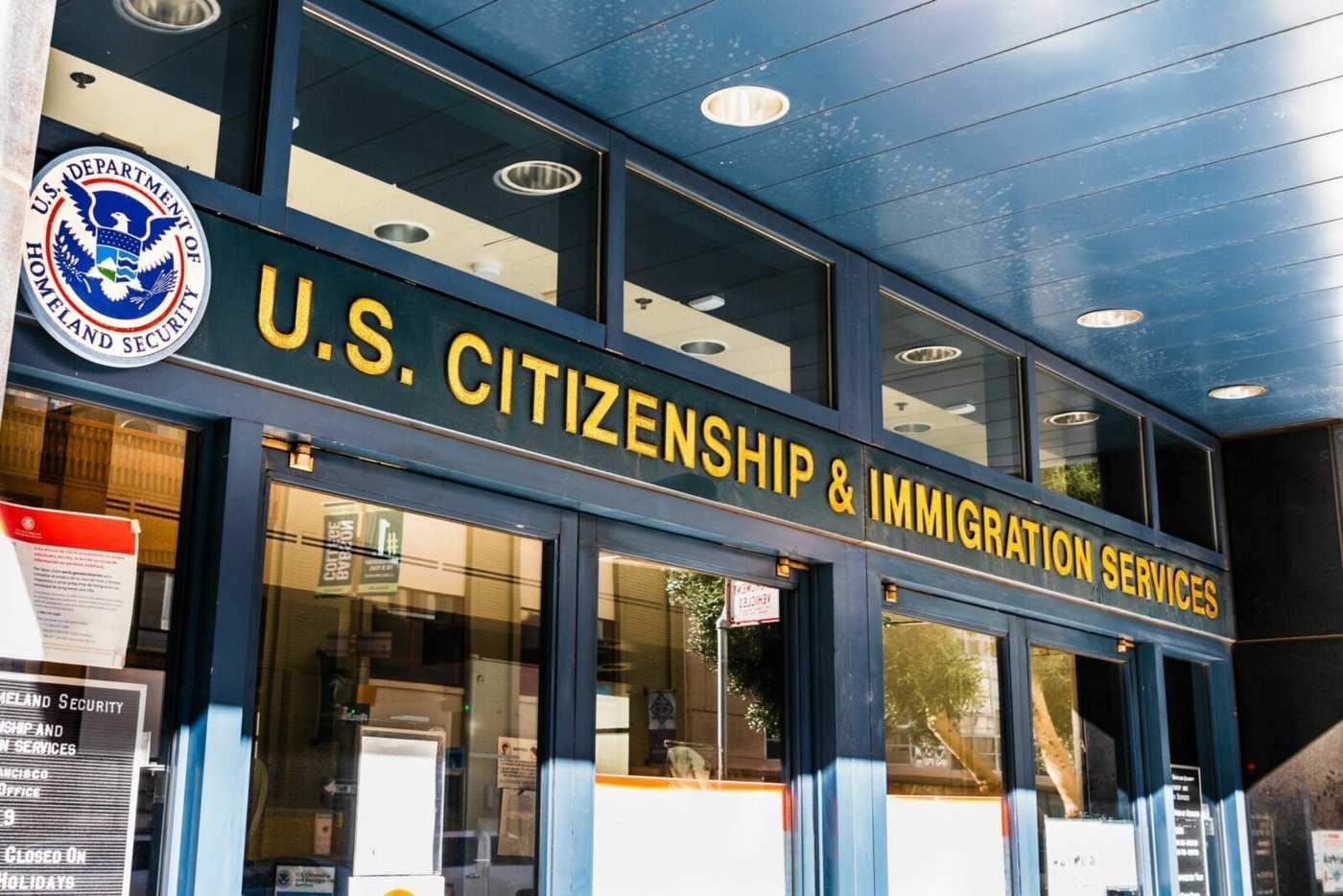Immigration help for you and your family
Immigration help for your business
U.S. Citizenship and Immigration Services (USCIS) has released data for the first quarter of fiscal year 2025 (October–December 2024), providing a detailed look at how immigration patterns are shifting in response to global migration pressures, changes in U.S. processing capacity, and rising humanitarian demand.
The numbers show both growth and strain: certain application categories surged, others remained high, and some — like humanitarian filings — continue to overwhelm the system. Below, we break down key shifts in employment-based and family-based immigration, along with important developments in humanitarian filings.
One of the most notable jumps this quarter came in the EB-1A category — green cards for those with extraordinary ability in the sciences, arts, education, business, or athletics.
USCIS received 7,338 EB-1A petitions in Q1 FY25, up from 4,704 the previous quarter — a 56% increase. This marks one of the largest quarter-over-quarter spikes in recent years for this subcategory.
Several factors likely contributed to this surge. For one, EB-1A allows high-skilled individuals to self-petition without a U.S. employer sponsor, making it especially attractive for researchers, entrepreneurs, and others navigating long wait times in other categories, like EB-2. New USCIS guidance clarifying EB-1A criteria may have also encouraged more filings.
If we look at all EB-1 subcategories (including multinational executives and outstanding professors), total EB-1 filings reached over 13,000 in Q1 — well above pre-pandemic norms, when a typical quarter might see half that.
USCIS received 11,609 K-1 visa petitions in Q1 FY25 — a 6% increase over the prior quarter. While not a dramatic spike, it continues a post-pandemic trend of elevated demand.
Before the COVID-19 pandemic, annual K-1 filings typically hovered around 20,000. In FY2024, the number more than doubled, with over 43,000 petitions submitted across the year. Many of these cases reflect delayed plans and backlogs from pandemic-era travel restrictions and embassy closures.
Processing times have improved — averaging around 5 to 6 months, down from year-long delays seen during the pandemic. But overall, K-1 volumes remain high, suggesting a new baseline for this visa type.
Adjustment of status applications for family-based green cards (Form I-485) increased by about 7%, from 120,643 in Q4 FY24 to roughly 129,000 in Q1 FY25.
These filings come mainly from spouses, parents, and children of U.S. citizens who are already in the United States. Compared to pre-2020, these numbers remain high — in FY2019, family-based I-485 filings were often closer to 80,000-90,000 per quarter. The continued uptick reflects growing interest in adjusting status domestically, possibly due to long consular wait times abroad or improved processing timelines at USCIS.
Filings for Form I-751 — used to remove conditions on two-year marriage-based green cards — doubled quarter-over-quarter, jumping from 14,910 to 29,804 in Q1.
This sharp increase suggests two trends converging:
Historically, USCIS received around 15,000 I-751 filings per quarter. The recent jump to nearly 30,000 points not only to the agency’s progress in reducing backlogs, but also the longer-term impact of earlier policy changes and parole programs, as more applicants become eligible for permanent residency.
Beyond family and employment categories, humanitarian immigration continues to define the USCIS workload:
These numbers illustrate how external factors — global crises, court rulings, and executive actions — are driving demand for protection programs far beyond historical norms. At the same time, these surges put additional pressure on USCIS capacity and processing times across the board.
The Q1 FY25 data confirms that U.S. immigration remains in a high-volume era — not just recovering from the pandemic, but entering a new phase of sustained demand. Green card filings are up. Humanitarian applications remain near record highs. And highly skilled workers are increasingly seeking permanent pathways like EB-1A.
However, these numbers reflect applications submitted before Donald Trump returned to office. His administration has made sweeping changes to immigration policy, and the real test will come in Q2, when we begin to see how those changes affect application behavior, filing volumes, and processing times.
Secure Your Green Card with Expert Guidance
Boundless has a 99.97% success rate
Explore EB-1 Green Card Self-Sponsorship
See All Stories
300 Lenora Street #521,
Seattle, WA 98121
(855) 268-6353
be@boundless.com
Boundless is not affiliated with or endorsed by United States Citizenship and Immigration Services (USCIS) or any other government agency. Blank immigration forms with written instructions, including for spousal visas, are available for free at the USCIS website. Use of the Boundless website and its services are subject to our Privacy Policy and Terms of Use. Nothing on this website, including guides, resources, questionnaires, document templates, and software, is legal advice or a substitute for the advice or services of an attorney. Boundless utilizes licensed immigration lawyers to deliver all legal advice. For legal advice specific to your case, please contact our legal team at attorneys@boundless.com or consult with another licensed attorney.
Looks like you were working on a application just now. Applicants typically only require one service at a time.
Congrats! Because your friend referred you, your application with Boundless is discounted. Start the application with Boundless within the next 14 days, and you’ll save $50.
USCIS Latest Data: EB-1 Petitions Surge, K-1s Hold Steady – Boundless Immigration



